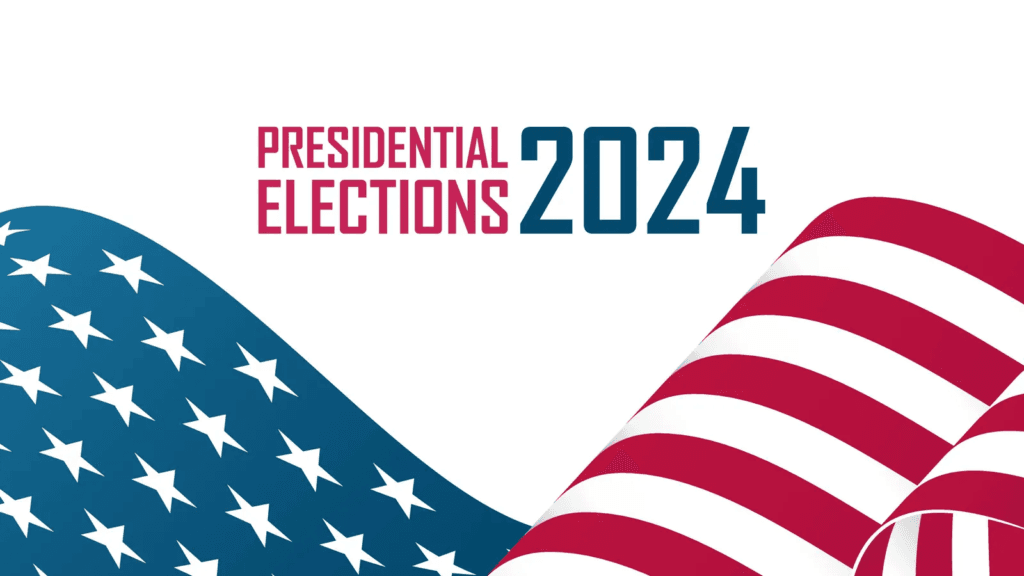In May, Donald Trump was questioned about the likelihood of violence during this year’s election. His response was, “It depends.” The former president is largely to blame for the widespread mistrust of the voting system among Americans. The peaceful transition of power has been the most valuable aspect of the US in the nearly 250 years since its declaration of independence. Trump’s open rejection of Joe Biden’s 2020 victory is the foundation of his 2024 campaign. He believes that Tuesday will bring the verdict on that “stolen election.”
If there was any question, Trump has stated that he will pardon the “patriots” who were imprisoned for the attack on the Capitol on January 6 as his first presidential act. At each rally, he reminds voters that he intends to hold those responsible for his 2020 loss accountable.
This week, Kamala Harris, his opponent, contrasted her own “to do list” with the “hit list” that Trump would bring to office. Harris is by no means an ideal candidate. She has had difficulty defining herself on her own terms ever since she entered the race shortly after President Joe Biden’s withdrawal. Her solutions appear, at best, mediocre in a race where voters’ top concerns are the economy. However, Americans don’t have to agree with Harris’s list of priorities to realize that this isn’t a fair comparison. One candidate in this election is in favor of the US constitutional order. The opposing side seeks to reverse it.
Despite this, a startlingly high percentage of Americans remain unconvinced by Trump’s assault on democratic values. However, there are also compelling conventional arguments to raise doubts about the dangers of another Trump administration. These include his defiance of the rule of law both domestically and internationally, his impact on global stability, and his radical plans for the US and global economy.
In essence, Trump’s economic agenda rejects America’s postwar global role. He would impose at least 60% tariffs on Chinese goods and 20% on all imports. Tariffs are not a tax on foreign companies, despite what Trump claims. The US consumer would bear the majority of their costs in the form of higher prices. Both America’s allies and adversaries would retaliate if a global trade war were to be started. According to the IMF, such a change would reduce global expansion by a quarter and deduct one percentage point from US growth the following year. By 2026, the cost of rising trade barriers would only increase.
In addition, Trump wants to weaken the independence of the US Federal Reserve, and those close to him believe he should replace Jay Powell as its chair one year before his term is up. The US dollar is the world’s reserve currency and has no immediate competitors, but as last week’s Brics summit hosted by Russia demonstrated, there is growing demand for an alternative. Such game-changers as politicizing the Fed, destroying what’s left of international trade regulations, and evicting millions of undocumented migrants could cause the dollar to rapidly decline.
The benefits of having the reserve currency would only be realized when they were gone, much like the benefits of good health. It would also be bleak for blue-collar America. Lower growth and higher interest rates are the results of rising inflation. Trump 2.0 would not bring about a boom in the middle class. His biggest backers ought to be frank about any deals they have made. The cost of extreme uncertainty must be balanced against the potential short-term benefits of reduced capital gains tax and preferential regulatory treatment. The system that brought them wealth could no longer be taken for granted.
The advantages of America’s alliance network are largely the same. A US turn against the international order it established would have dynamic destabilizing effects. Trump is friendly to Vladimir Putin of Russia and antagonistic to NATO. His unwavering support for the Kremlin leader is a bad sign for Ukraine, which Trump has stated he will force into an unfair agreement with Moscow.
It’s harder to predict how Trump will affect China. He is just as likely to aim for complete US-China decoupling as he is to reach an agreement with Xi Jinping. Trump’s aversion to alliances is the only certainty regarding his strategy for the Indo-Pacific. Australia, South Korea, Japan, and other nations would have to take precautions against the US security umbrella being removed. Countries of all sizes might also give up on the idea that the US will continue to play a role in global warming cooperation. America Alone is America First. Any void left by a retreating US would be quickly filled by the autocrats’ “alliance of the aggrieved.” Democracy would make the world far less safe.
Harris stands for the status quo, in contrast to the disruptions Trump promised. Although her relatively conventional platform might not seem exciting, it has a number of noteworthy advantages. Her support of laws that would protect reproductive rights across the country would ensure that women have the autonomy to make choices regarding their own bodies. The Harris plan, according to the nonpartisan Committee for a Responsible Federal Budget, would only increase the US federal debt by half compared to Trump’s plan. A key component of her agenda, the transition to renewable energy, would benefit both the United States and the rest of the world.
Additionally, stability is often underestimated. The specifics of Harris’s program are more significant than her implicit beliefs. Harris stands for continuity with the principles of liberal democracy and free and open trade, which are the cornerstones of prosperity for the United States and its allies, while Trump threatens a dangerous break. The US electorate is about to make a decision that could have a lasting impact on the nation and the world. There’s still time to stop, catch your breath, and consider the ramifications.



